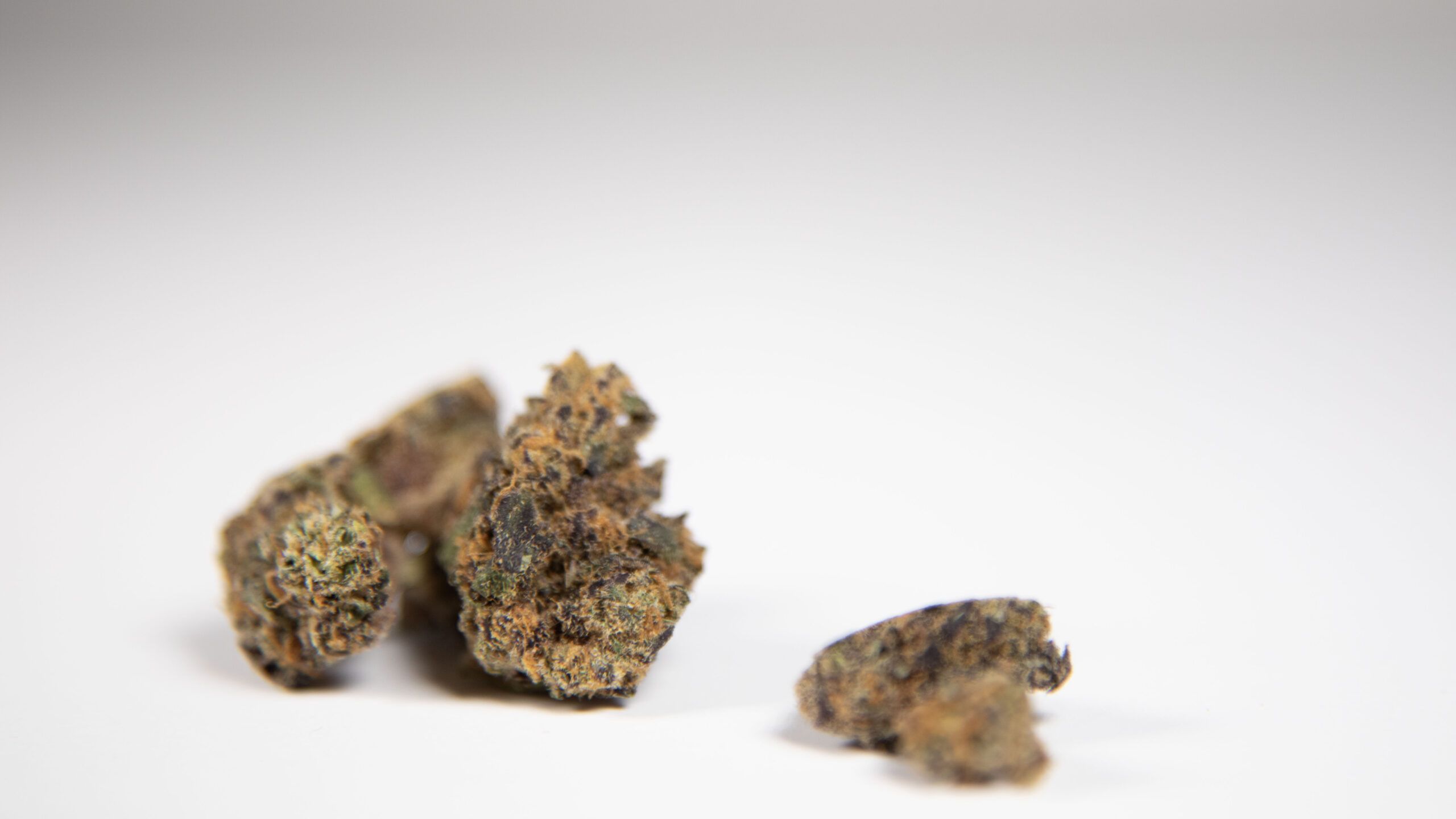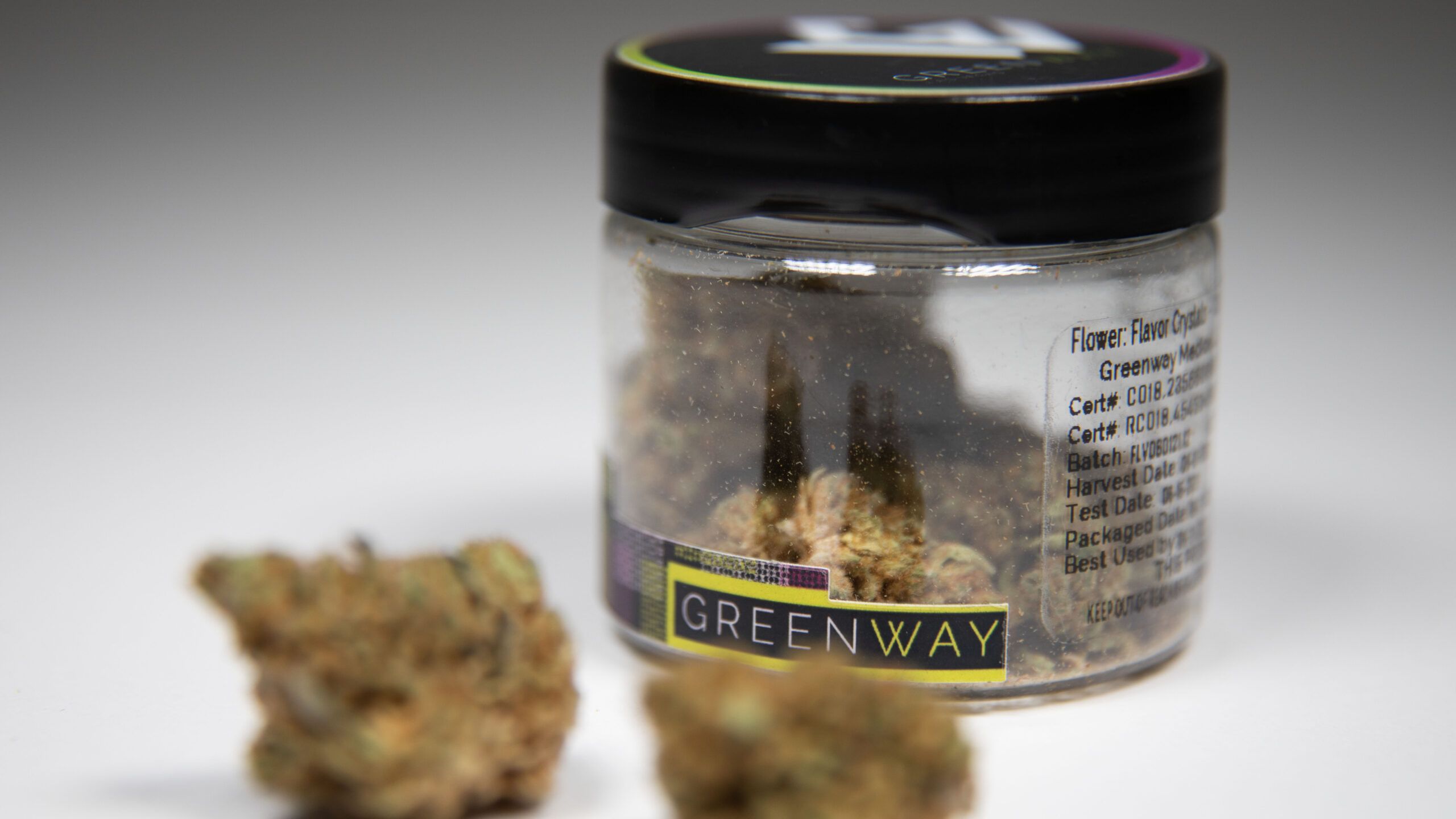Cannabis consumption is no longer limited to young adults or counterculture communities—it has expanded into nearly every demographic and age group. From baby boomers seeking pain relief to professionals integrating cannabis into wellness routines, the plant’s reach is broadening at a pace that reflects both changing cultural attitudes and growing acceptance of its medical and lifestyle benefits.
Why More People Are Consuming
One of the primary drivers behind this demographic shift is education. As research has become more widely available and cannabis has moved away from stigma, consumers of all backgrounds are beginning to understand its potential. Older adults, for instance, are turning to cannabis as an alternative to opioids for pain management, arthritis, and sleep issues. According to AARP and other health-focused organizations, many seniors are exploring CBD and THC products not to “get high,” but to improve quality of life with fewer side effects than traditional pharmaceuticals.
Meanwhile, working professionals are increasingly drawn to cannabis for stress relief and wellness. Low-dose edibles, microdosed tinctures, and CBD-infused beverages are being marketed as alternatives to alcohol or prescription medications. This aligns with broader health trends that prioritize natural remedies, mindfulness, and balanced lifestyles.
Parents are another growing demographic. While once taboo, more parents openly acknowledge using cannabis for relaxation, creativity, and even social activities—often opting for discreet consumption methods such as gummies or vaporizers. This shift highlights how cannabis has transitioned from a subculture product into a normalized part of everyday routines.
Expanding Product Options
Another reason cannabis has become accessible to wider demographics is the sheer variety of products. Beyond traditional flower, consumers can now choose from edibles, beverages, topicals, capsules, and wellness products. These forms appeal to people who might otherwise be uncomfortable with smoking or vaping.
The industry has also leaned into customization, offering strains and formulations designed for specific needs: sleep, focus, relaxation, or energy. Nano-emulsion beverages, for example, provide faster onset times, while topical balms target localized pain. This product innovation meets consumers where they are, making cannabis approachable to groups who might have been hesitant in the past.
What This Means for the Industry
The rise of cannabis use across age groups and demographics suggests a future in which cannabis brands will need to diversify marketing strategies and product lines. Instead of a one-size-fits-all approach, companies must create targeted offerings for seniors, wellness-focused adults, parents, and younger generations alike.
Dispensaries are already adjusting their retail strategies, providing more education-based consultations and wellness-focused branding. Expect to see more partnerships between cannabis companies and health or lifestyle industries—from gyms offering CBD recovery products to spas featuring cannabis-infused massages.
Long-term, this demographic expansion signals cannabis will solidify its place as a mainstream consumer good, not just a niche or alternative product. As legalization spreads and cultural acceptance grows, cannabis will increasingly mirror industries like coffee or wine, with specialized products tailored for every type of consumer.
The Takeaway
Cannabis is no longer just for one audience—it’s for everyone, in different ways. Seniors seek relief, professionals pursue wellness, and parents embrace balance. The growing diversity of consumers not only highlights cannabis’s versatility but also sets the stage for a future where cannabis is seamlessly woven into everyday life across all walks of society.




